 |
 |
 |
| |
Evolutive NAFLD predicts frailty in people living with HIV
|
| |
| |
Fibrosis, Steatosis, and NAFLD Boost Odds of Frailty in HIV Group
17th European AIDS Conference, November 6-9, 2019, Basel
Mark Mascolini
Liver fibrosis or steatosis alone doubled the odds of frailty in 707 middle-aged to older people with HIV infection [1]. Evolving nonalcoholic fatty liver disease (NAFLD) inflated odds of frailty more than 9-fold.
Clinical researchers working the Modena HIV Metabolic Clinic in Italy defined NAFLD as excessive liver fat (steatosis) in more than 5% of liver cells and nonalcoholic steatohepatitis (NASH) as steatosis, fibrosis, ballooning, and inflammation. They proposed that NAFLD should be considered not only as a liver disease, but as a multisystem condition that can influence cardiovascular disease, chronic kidney disease, and type 2 diabetes.
The Modena team conducted this study to explore the impact of steatosis or significant fibrosis alone or together (as "evolving NAFLD") on frailty in people with HIV. They defined evolving NAFLD as coincident steatosis (controlled attenuation parameter [CAP] 248+ dB/m) and significant fibrosis or cirrhosis (stage F2 or greater, 7.1+ LSM).
The analysis included consecutive patients seen at the Modena HIV Metabolic Clinic in 2018 and 2019 who had liver stiffness measurement (LSM) and CAP by transient elastography and frailty assessed by an index of 36 non-HIV variables [2] (and not related to the more familiar Fried frailty phenotype). A frailty index below 0.25 indicates a fit person, 0.25 to 0.40 indicates frailty, and greater than 0.40 indicates the most frail participants. The researchers defined multimorbidity as 2 or more comorbidities in the same person.
Excluding people with HBV, HCV, or hazardous alcohol drinking, the Modena team created a group of 707 people with HIV. Age averaged 53.5 years, 76% of participants were men, 99% had an undetectable viral load, and median CD4 count stood at 700. The researchers determined that 72 people (10.2%) had evolving NAFLD. Proportions of the study group with steatosis rose from 21.4% in those 45 years old or younger to 46.2% in those older than 65. Respective proportions with fibrosis were 7.8% to 25.6% and with evolving NAFLD 4.9% to 15.4%.
Proportions of participants in the most frail group, the frail group, and the fit group varied by severity of steatosis, fibrosis, and evolving NAFLD:
Steatosis
No steatosis: 2% most frail, 21.3% frail, 76.7% fit
S1-S2 (mild-moderate) steatosis: 4.7% most frail, 35.5% frail, 59.8% fit
S3 (severe) steatosis: 7.2% most frail, 45.1% frail 47.8% fit
Fibrosis
F0-F1 (mild) fibrosis: 1.05% most frail, 25.6% frail, 73.3% fit
F2-F3 (significant) fibrosis: 10.9% most frail, 43.8% frail, 45.3% fit
F4 fibrosis (cirrhosis): 26.7% most frail, 43.3% frail, 30% fit
Evolving NAFLD
No evolving NAFLD: 1.8% most frail, 26.2% frail, 72.1% fit
Evolving NAFLD: 19% most frail, 50% frail, 31% fit
The 635 people without NAFLD differed from the 72 with NAFLD in age (average 53.2 versus 55.8, P = 0.020), proportion with obesity (6% versus 36.1%, P < 0.001), HIV duration (median 275 versus 322 months, P = 0.007), nadir CD4 count (224 versus 180, P = 0.027), proportion with diabetes (15.6% versus 41.7%, P < 0.001), proportion reporting mild to moderate physical activity (46% versus 25%, P = 0.001), and in better lipid values.
Multivariate logistic regression determined that fibrosis alone doubled the odds of frailty (odds ratio [OR] 1.95, 95% confidence interval [CI] 1.03 to 3.66, P = 0.04), as did steatosis alone (OR 2.12, 95% CI 1.3 to 3.45, P < 0.01). Evolving NAFLD boosted the odds of frailty 9-fold (OR 9.19, 95% CI 5.17 to 16.8, P < 0.01).
Two other factors independently raised odds of frailty in this analysis, multimorbidity (OR 2.46, 95% CI 1.53 to 4.01, P < 0.01) and type 2 diabetes (OR 1.65, 95% CI 0.99 to 2.74, P = 0.05). Compared with women, men had 45% lower odds of frailty (OR 0.55, 95% CI 0.35 to 0.86, P = 0.01).
The researchers noted that NAFLD, "a multisystemic construct," was associated with frailty at odds more than 3 times greater than simple multimorbidity. They proposed that evolving NAFLD is an indicator of metabolic age. Because liver steatosis alone predicts frailty, the Modena investigators encouraged colleagues to promote health care interventions, such as lifestyle changes, that can prevent steatosis.
References
1. Milic J, Menozzi V, Malagoli A, et al. Evolutive NAFLD predicts frailty in people living with HIV (PLWH). 17th European AIDS Conference, November 6-9, 2019, Basel. Abstract PS12/7.
2. Guaraldi G, Brothers TD, Zona S, et al. A frailty index predicts survival and incident multimorbidity independent of markers of HIV disease severity. AIDS. 2015;29:1633-1641.
------------------------------------
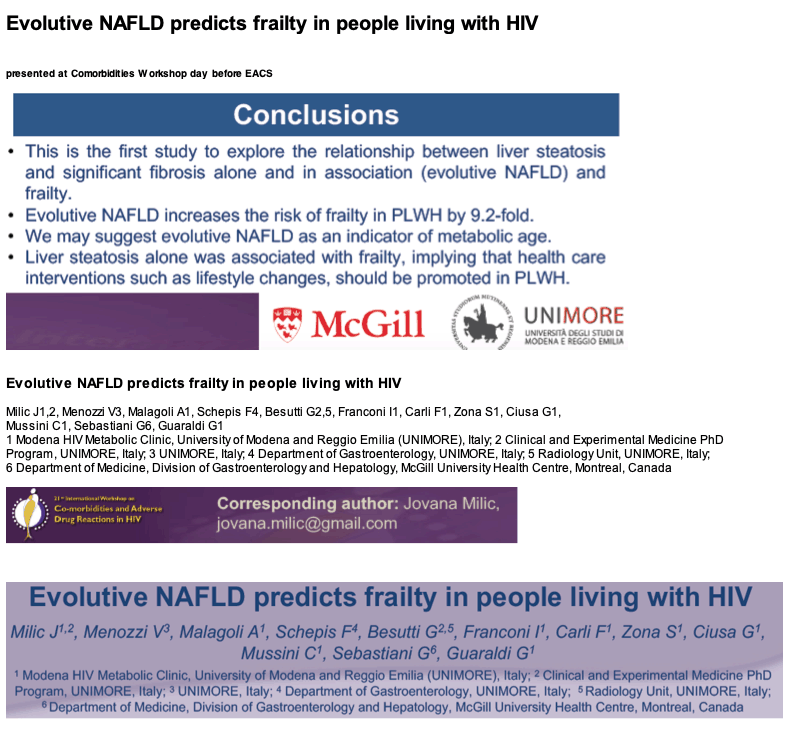
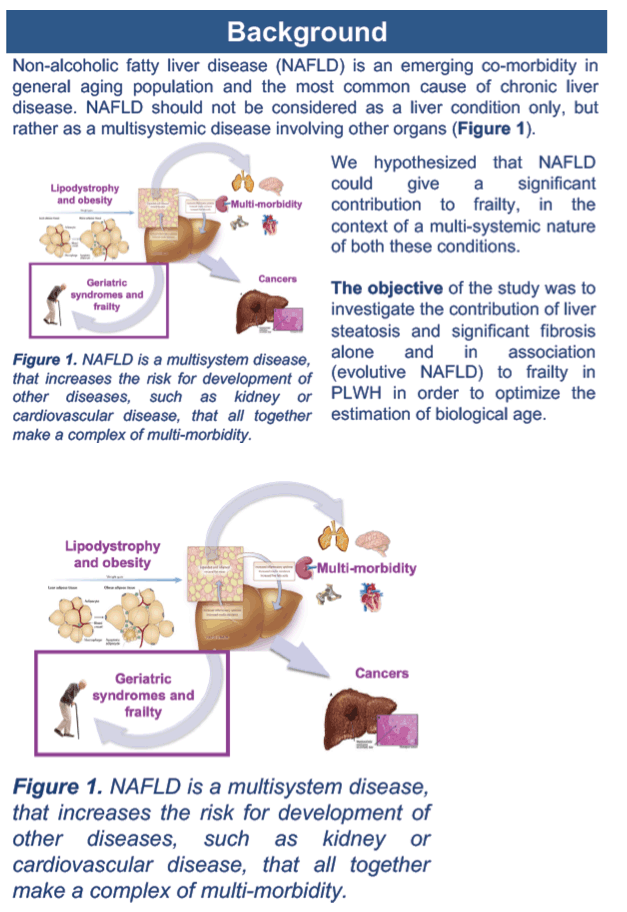
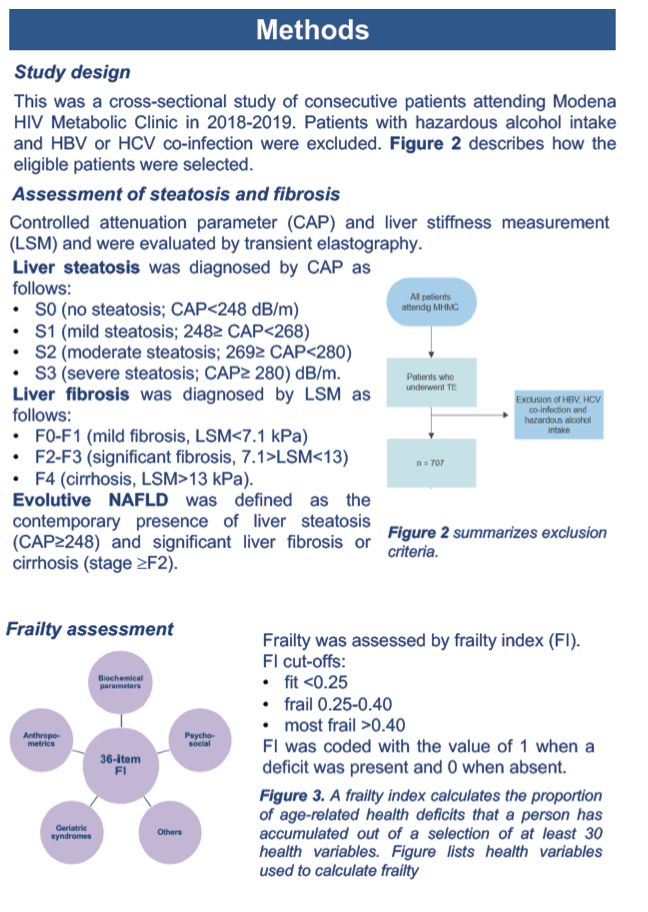
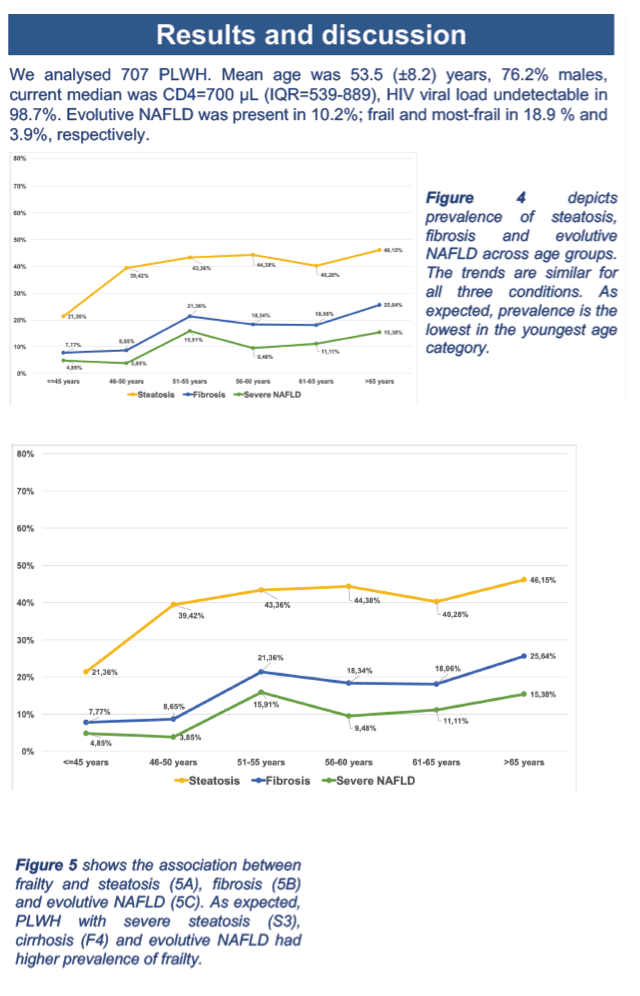
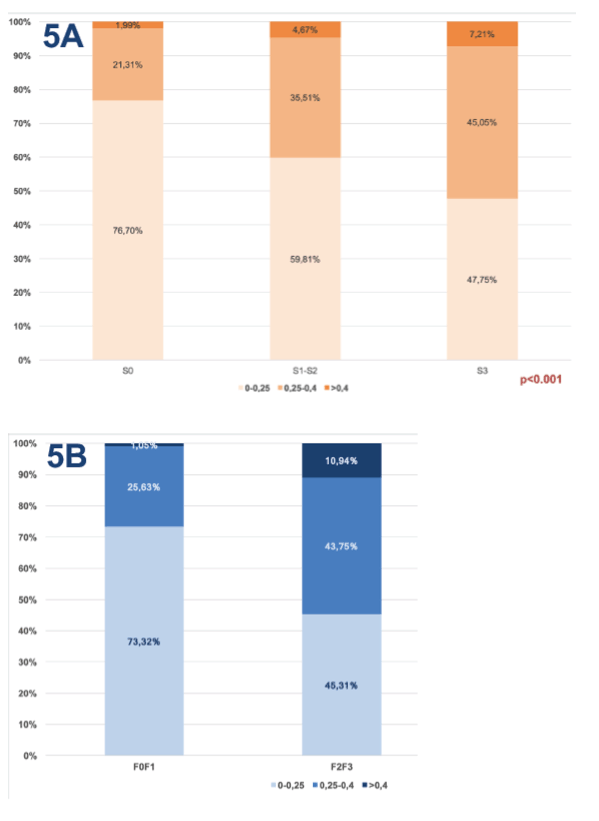
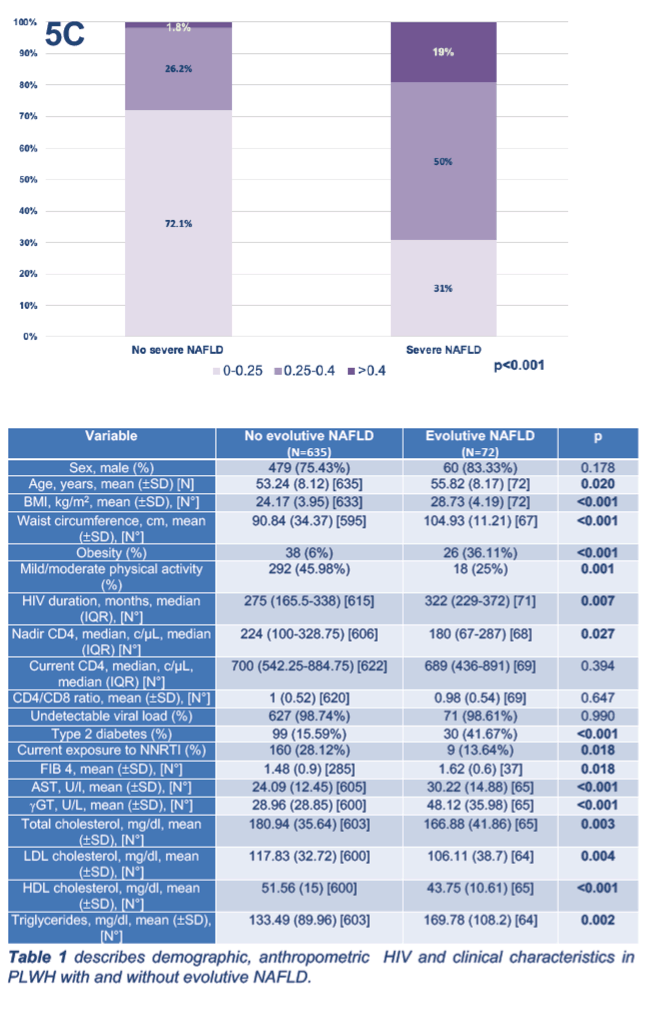
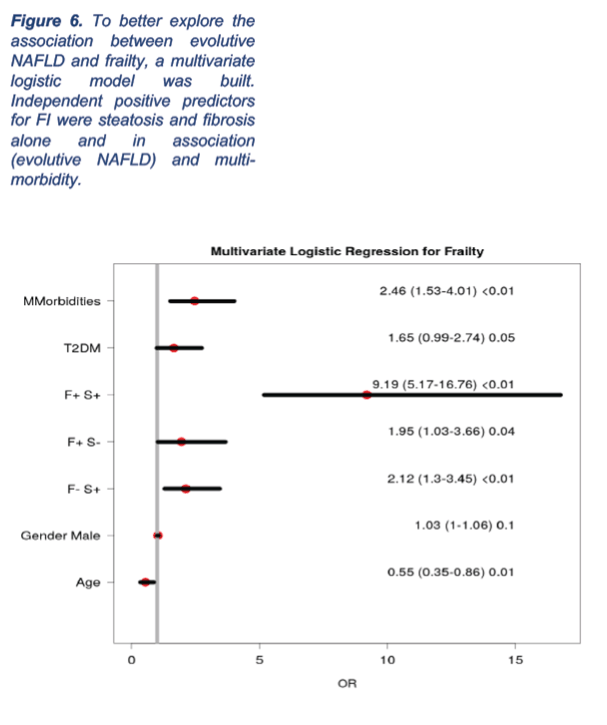
|
| |
|
 |
 |
|
|